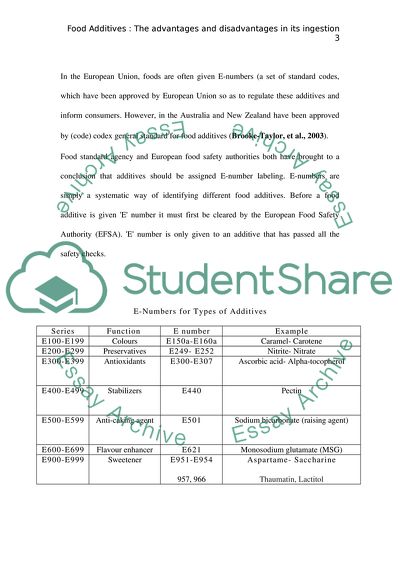Cite this document
(Food Additives and Its Advantages and Disadvantages Research Proposal, n.d.)
Food Additives and Its Advantages and Disadvantages Research Proposal. https://studentshare.org/science/1800125-advantages-and-disadvantages-associated-with-the-use-food-additive-ingestion
Food Additives and Its Advantages and Disadvantages Research Proposal. https://studentshare.org/science/1800125-advantages-and-disadvantages-associated-with-the-use-food-additive-ingestion
(Food Additives and Its Advantages and Disadvantages Research Proposal)
Food Additives and Its Advantages and Disadvantages Research Proposal. https://studentshare.org/science/1800125-advantages-and-disadvantages-associated-with-the-use-food-additive-ingestion.
Food Additives and Its Advantages and Disadvantages Research Proposal. https://studentshare.org/science/1800125-advantages-and-disadvantages-associated-with-the-use-food-additive-ingestion.
“Food Additives and Its Advantages and Disadvantages Research Proposal”. https://studentshare.org/science/1800125-advantages-and-disadvantages-associated-with-the-use-food-additive-ingestion.


